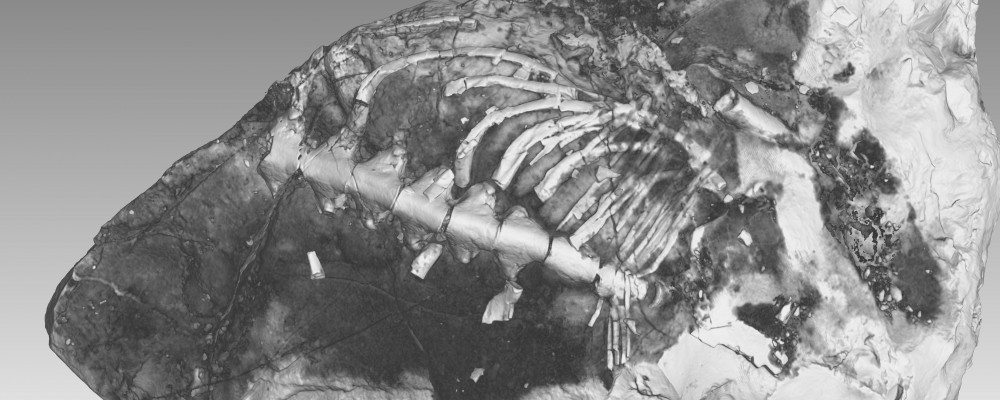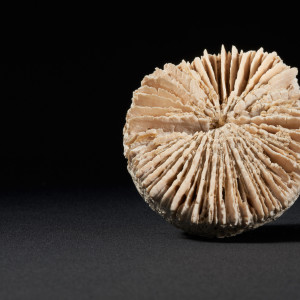Palaeontological Collection
It is composed by valuable remains of plants and animals that lived on our planet from Archaean to the Quaternary Period.
The Palaeozoological Collection mainly documents the evolution of life, supported by fossils (Foraminiferans, sponges, corals, worms, molluscs, brachiopods, bryozoans, arthropods, echinoderms, graptolites and vertebrates) from Slovak and foreign sites. The findings of mammoths, rhinos, aurochsen, cave hyenas and numerous osteological material of cave bears from Slovak caves are specific. The cave lion skull is unique, which together with the rest of the skeleton, got into collections thanks to the enthusiasm of cavers from Liptovský Trnovec. A unique item of world importatnce is a pachypleurosaur skeleton from the Demänovská valley. This is the first found quadruped skeleton from the Mesosoic Era and the oldest known vertebrate from the territory of Slovakia. Both unique objects are now installed in the new Museum´s palaeontological exhibition.
A less numerous Palaeobotanical Collection acquires the evidence of various plant species that existed in the territory of former Czechoslovakia. It is based on the Ján Volko-Starohorský collections. It contains leaf imprints and vascular bundles in various rocks, petrified roots and opalized wood. These fossils are representatives of various plant communities, they have a great importance for the palaeoenvironment interpretation, and are unique proofs of the existence of some extinct flora species.
Curator: Mgr. Tomáš Čeklovský, PhD.














